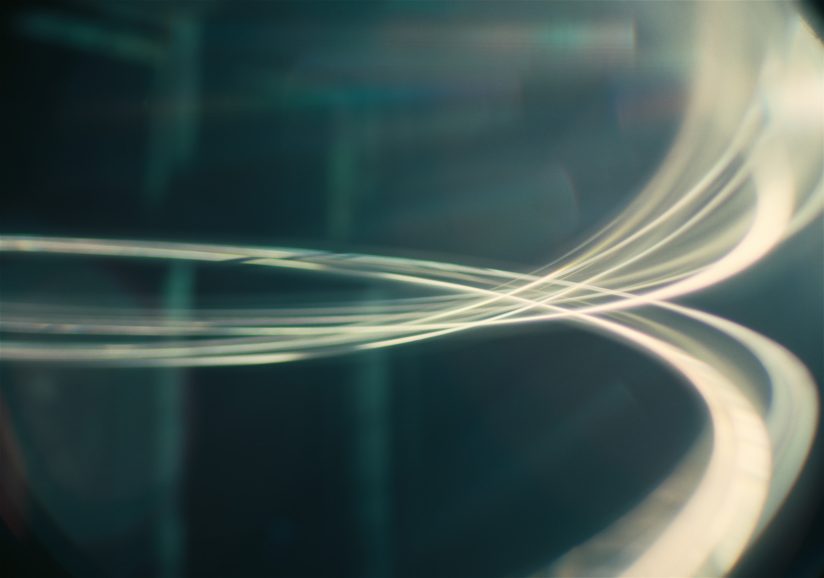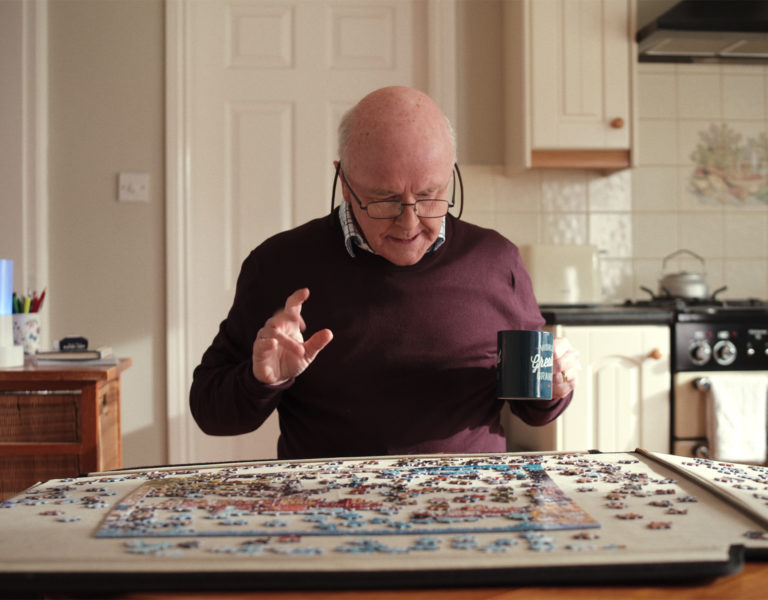IMMERSIVE IN IMAX
We caught up with DNEG VFX supervisors Andrew Jackson and Giacomo Mineo to learn about how they crafted the stunning VFX for one of the most visually explosive films of the year.
Did your process have to vary for the IMAX 70mm format? What adjustments or considerations were made to suit the format?
Giacomo Mineo (GM): IMAX is undeniably the most cinematic format, but it poses unique challenges for VFX due to its incredibly high resolution. At DNEG, we have a well-designed pipeline that caters to the IMAX workflow, thanks to our experience collaborating with Christopher Nolan since our work on Batman Begins. Oppenheimer employed a combination of formats. We utilised 70mm, 65mm and occasionally, for specific VFX elements, 35mm formats.

What specific instructions/reference points were you given for the VFX work on Oppenheimer?
Andrew Jackson (AJ): I was the first person to read the Oppenheimer script after Emma Thomas, producer on the film and Chris’ wife. Chris had already told me, before I read the script, that he wanted to avoid computer-generated effects. He thought if we could shoot it practically, it would fit better with the language and feel of the film. His approach to effects is very similar to mine in that we don’t see a clear divide between VFX and SFX, and believe that if something can be based on filmed elements it will always bring more richness and depth to the work.
GM: The script primarily outlined concepts and notions, rather than providing precise visual descriptions. Apart from the Trinity test, we didn’t have any references because during Oppenheimer’s era no-one knew what a black hole looked like, or had seen a view of earth from space, not to mention atoms and particles. The task at hand was to discover solutions that could be constructed and filmed, aligning with the story’s concepts while also being visually captivating. Ultimately, shots ranged from utilising the unaltered original elements as captured, to complex compositing involving multiple filmed components.

What research did you undergo for the science behind the atomic bomb?
GM: The reenactment of the Atomic test demanded meticulous planning throughout the filming process, taking into account the actual explosion’s scale and the choice of lenses and shooting distances. SFX supervisor Scott Fisher and his team meticulously orchestrated a colossal mushroom cloud explosion, which we further enhanced in post-production. Throughout the post-production phase, we continuously referred to the archive footage as a source of inspiration, serving as a reminder of the emotions and intensity we aimed to capture. At times, it was challenging to refrain from reflecting on the profound significance of that moment and the far-reaching repercussions it held.

How did you collaborate with the cinematographer?
AJ: Throughout the production process we worked closely with Hoyte Van Hoytema experimenting, testing and developing ideas to illustrate the concepts in the script. On this project we worked with him and the camera department to develop an IMAX probe lens specifically for some of the FX elements. Hoyte also built some extremely powerful LED lights that we used in the tank shoot.
What was your favourite sequence you created?
AJ: I love the spinning electron shots and the plasma ball at the beginning of the film.
GM: The ‘birth of the star’ and the close up of the Trinity test where we see the ‘wall of fire’. Both beautiful pictures designed by Ashley Mohabir and Peter Howlet.

What was the most challenging sequence?
GM: The Trinity test was probably the sequence that presented the most significant challenges. However, as the show was constantly evolving, we found each shot presented its own set of challenges.
With some of the explosion work being practical effects, how did you construct the VFX to coexist with this in mind?
GM: For the Trinity test sequence, in contrast to other visual elements where there was great space for creative interpretation, the goal was to craft an authentically real and awe-inspiring depiction. To heighten the challenge, we deliberately steered clear of CG simulations, opting instead for practical footage. To achieve this, Andrew Jackson and Scott Fisher embarked on an extensive shoot, capturing a wide spectrum of explosions using IMAX technology. The range included grand-scale detonations featuring various lenses, as well as smaller-scale and even underwater detonations. Notably, the billowing dust from the ground and the shockwaves were achieved using small or macro-scale elements.
At DNEG, fully aware of the significance of the task, we began exploring various options right from the first day. We maintained an ongoing dialogue, frequently presenting our preliminary tests to Andrew Jackson and Christopher Nolan. While archived footage served as inspiration, we allowed for a degree of interpretation, focusing on capturing the essence of the event rather than an exact recreation.

What’s something you’ll take on to other projects after your work on Oppenheimer?
GM: One of the highlights of this project was having the opportunity to learn a different way of creating VFX. Understanding how Chris Nolan thinks and approaches his movies allowed us to bring his unique philosophy into our way of working. Initially it presented some challenges, but the result is unquestionably real, 100% believable, and ultimately more satisfying.
–
All images courtesy of DNEG © Universal Pictures. All Rights Reserved.












